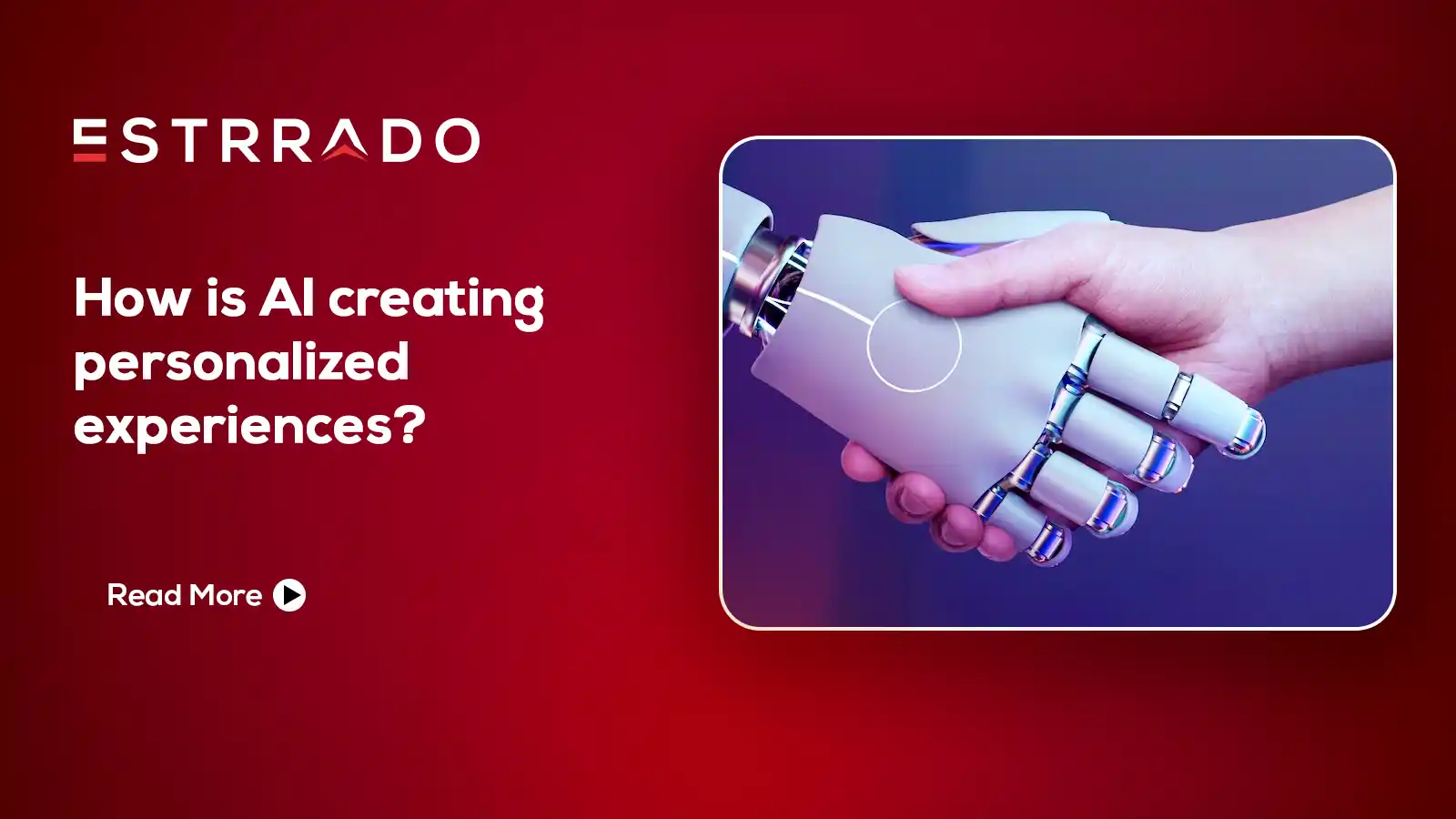Introduction
In recent years, the landscape of business operations has undergone a significant transformation. Traditional stores are increasingly being replaced by online commerce. This shift requires a seamless integration of eCommerce platforms with Retail ERP systems.
eCommerce, or electronic commerce, refers to the buying and selling of goods and services over the Internet. Retail Enterprise Resource Planning (ERP) is a software solution that integrates various business processes such as inventory management, order processing, and customer relationship management into a unified system.
This blog highlights the benefits of integrating eCommerce with Retail ERP, along with steps for implementation and future trends.
Benefits of Integrating eCommerce and Retail ERP
Efficient Order Processing
Integration streamlines the order processing system by automating tasks, reducing manual errors, and accelerating the fulfillment process. This efficiency leads to faster order delivery and increased customer satisfaction.
Real-Time Inventory Management
With seamless integration, real-time updates on inventory levels become possible. This prevents stockouts, and overstock situations, and minimizes the risk of errors associated with manual inventory tracking.
Personalization
Integration allows businesses to gather and analyze customer data from both eCommerce and ERP systems. This enables personalized marketing strategies, recommendations, and a tailored shopping experience.
Order Tracking and Communication
Customers value transparency. Integration facilitates real-time order tracking, allowing customers to monitor the status of their orders. Automated communication systems keep customers informed about order updates, enhancing overall satisfaction.
Analytics and Reporting
Integrated systems provide comprehensive analytics and reporting tools. Businesses can gain insights into sales trends, customer behavior, and operational efficiency, empowering informed decision-making.
Forecasting and Trend Analysis
By leveraging historical data from both eCommerce and ERP, businesses can accurately forecast demand, identify market trends, and make proactive decisions to stay ahead of the competition.
Challenges in Integration
Ensuring Accuracy and Consistency
One of the challenges in integration is maintaining accurate and consistent data across platforms. Data synchronization mechanisms must be robust to avoid discrepancies.
Overcoming Data Silos
Integrating disparate systems often involves breaking down data silos. This requires a strategic approach to ensure seamless communication and collaboration between different departments.
Initial Investment
While integration offers long-term benefits, businesses must consider the initial investment required for software, infrastructure, and professional services.
Key Considerations Before Integration
Assessing business needs
Before integration, businesses must conduct a thorough analysis of their unique requirements. Understanding specific needs helps in selecting the most suitable integration solution.
Scalability and future-proofing
Choose an integration solution that scales with business growth. Future-proofing is crucial to ensure that the integrated system can adapt to evolving technological and business requirements.
Compatibility with existing systems
Compatibility with existing systems is paramount. The integration solution should seamlessly work with the current technology stack to avoid disruptions in daily operations.
Security and Compliance
Data security is a top priority. Businesses must ensure that the integration solution complies with industry regulations and implements robust security measures to protect sensitive information.
Step-by-Step Guide to Integration
Conducting a thorough system audit
Begin the integration process with a comprehensive system audit. Identify existing systems, data structures, and potential integration points.
Selecting the right integration solution
- Middleware options
Middleware solutions act as intermediaries between eCommerce and ERP systems. Evaluate different middleware options based on compatibility, scalability, and ease of implementation.
- API-based integration
Application Programming Interfaces (APIs) facilitate direct communication between systems. Choose APIs that align with the technical requirements of both eCommerce and ERP platforms.
Collaborating with vendors and stakeholders
Engage with vendors and stakeholders throughout the integration process. Effective communication ensures that everyone is aligned with the integration goals and timelines.
Testing and quality assurance
Thorough testing is crucial to identify and rectify any issues before the integrated system goes live. Quality assurance processes should include functionality testing, security testing, and performance testing.
Deployment and monitoring
Deploy the integrated system in phases to minimize disruptions. Implement robust monitoring tools to track system performance, identify bottlenecks, and address issues promptly.
Best Practices for Ongoing Maintenance
Regular system updates and patches
Stay current with software updates and patches to address security vulnerabilities and enhance system performance.
Continuous monitoring and optimization
Implement continuous monitoring to identify areas for optimization. Regularly assess system performance and make adjustments to improve efficiency.
Staff training and skill development
Provide ongoing staff training to ensure they are proficient in using the integrated system. Continuous skill development keeps the workforce aligned with technological advancements.
Future Trends and Innovations
AI and machine learning in eCommerce-ERP integration
The incorporation of AI and machine learning in integration processes enables predictive analytics, automation of routine tasks, and a deeper understanding of customer behavior.
The role of blockchain in enhancing data security
Blockchain technology ensures secure and transparent transactions. Its implementation in integration enhances data security, reduces fraud, and builds trust among stakeholders.
Evolving customer expectations and their impact on integration
As customer expectations evolve, integration solutions must adapt. Real-time personalization, faster order fulfillment, and seamless cross-channel experiences will become increasingly critical.
Conclusion
The integration of eCommerce and Retail ERP has many benefits, including streamlined operations, enhanced customer experience, and data-driven decision-making. The future holds exciting possibilities with AI, machine learning, blockchain, and evolving customer expectations shaping the integration landscape. Embracing these innovations will position businesses for sustained success in the dynamic world of commerce.
Frequently Asked Questions (FAQs)
Why should I integrate eCommerce with Retail ERP?
Integrating eCommerce with Retail ERP streamlines business operations by connecting online sales channels with backend processes. This ensures real-time synchronization of data, leading to improved inventory management, order processing, and overall operational efficiency.
What benefits can I expect from this integration?
- Efficient Order Fulfillment: Integration enables quick and accurate order processing.
- Real-time Inventory Management: Keep track of inventory levels in real-time, reducing the risk of overselling.
- Unified Data: Achieve a single source of truth for customer, product, and order data.
- Enhanced Customer Experience: Provide customers with up-to-date information on products and order status.
How does the integration impact customer experience?
Seamless integration ensures customers have access to real-time product availability, order status, and accurate product information. This leads to improved customer satisfaction, loyalty, and repeat business.
Is it a complex process to integrate eCommerce with Retail ERP?
While the complexity can vary based on the systems involved, advancements in integration tools have made the process more straightforward.
Which eCommerce platforms are compatible with Retail ERP integration?
The compatibility depends on the ERP system, but many eCommerce platforms often have integration solutions available. It’s crucial to choose an ERP system that aligns with your business needs and supports your preferred eCommerce platform.
Can I integrate multiple sales channels with Retail ERP?
Yes, many ERP systems support the integration of multiple sales channels, including online marketplaces and physical retail stores. This ensures a centralized system for managing orders, inventory, and customer data from various sources.
How does the integration impact data security?
Security is a critical aspect of integration. Using secure APIs and encryption protocols helps protect sensitive data during the transfer between eCommerce and ERP systems. It’s essential to choose reputable integration solutions and follow best practices for data security.
What ROI (Return on Investment) can I expect from integrating eCommerce with Retail ERP?
The ROI is significant and multifaceted, including reduced operational costs, improved productivity, increased sales through better inventory management, and enhanced customer satisfaction. According to industry reports, businesses that effectively integrate their eCommerce and ERP systems experience a notable increase in overall profitability.








